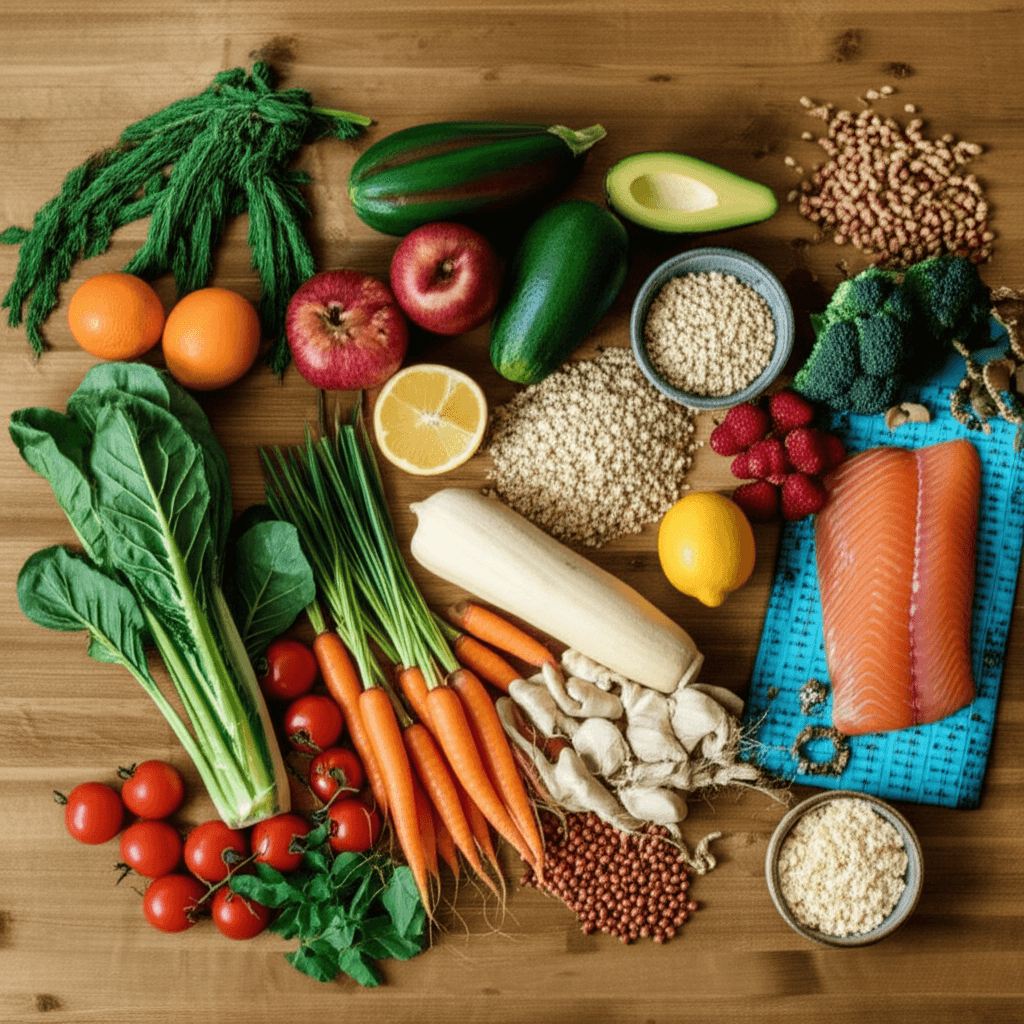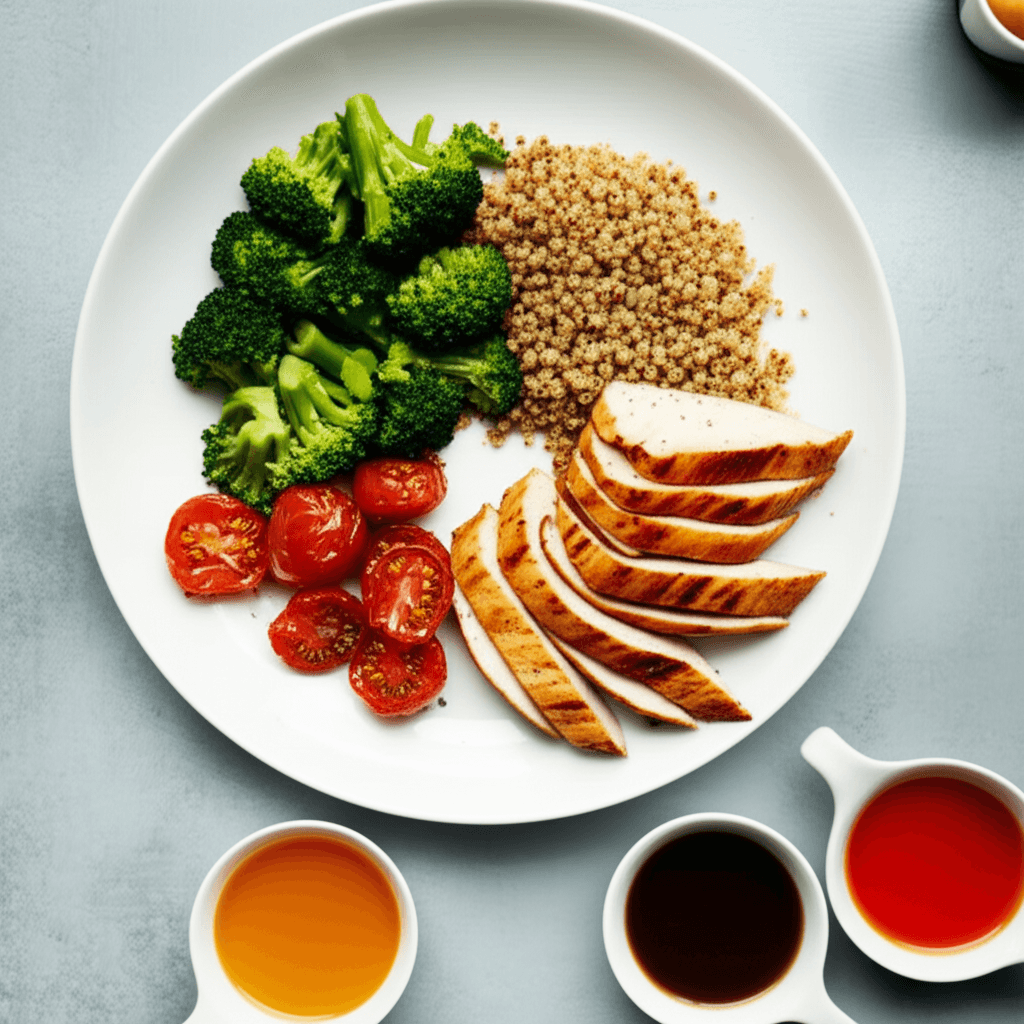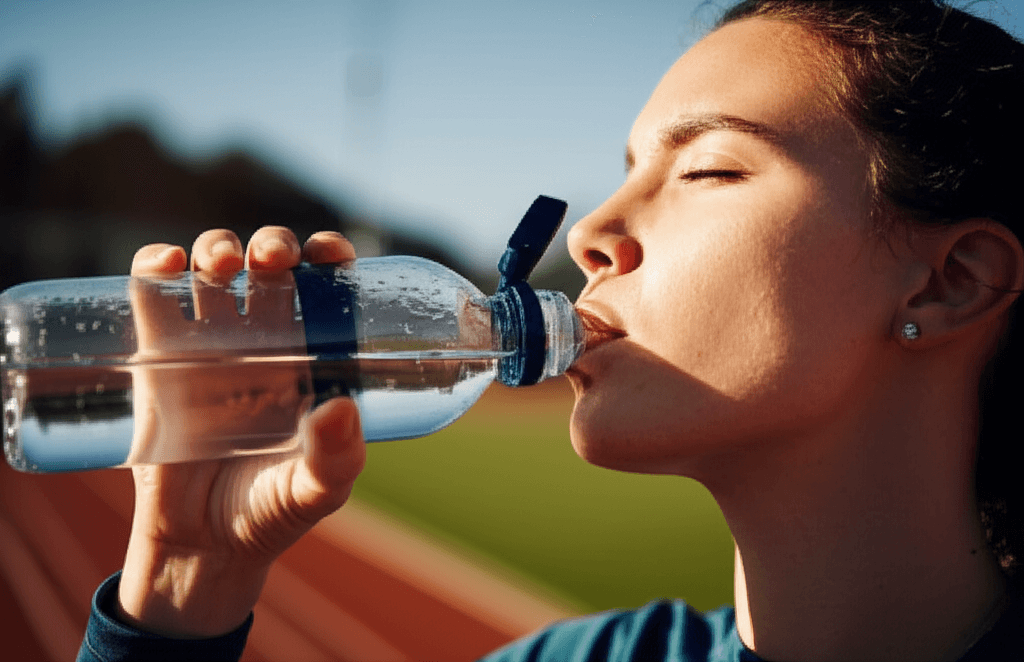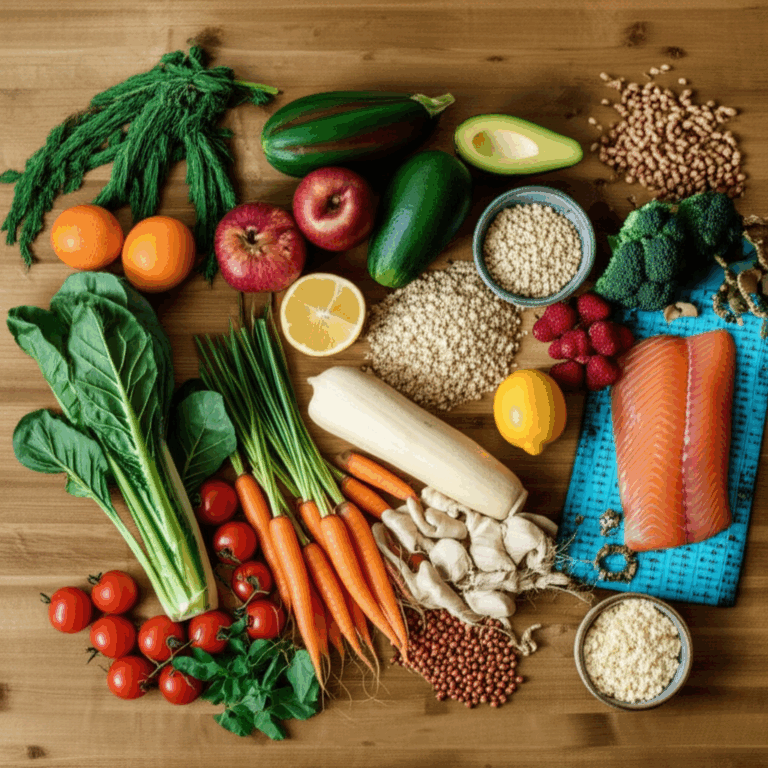In a world brimming with conflicting dietary advice and fleeting health trends, the path to optimal well-being can often seem complex and daunting. However, registered dietitians universally champion a foundational principle: a balanced diet is the cornerstone of a healthy and fulfilling life. It’s not about restrictive rules or eliminating entire food groups, but rather about nourishing your body with the right proportions of nutrients to thrive.
This guide, inspired by expert dietitian insights, offers a clear and achievable roadmap to healthy eating, empowering you to make informed choices for a better life.

Understanding the Pillars of a Balanced Diet
A balanced diet provides your body with all the essential nutrients it needs to function optimally, comprising macronutrients (carbohydrates, proteins, and fats) and micronutrients (vitamins and minerals), along with fiber and water. Each component plays a vital role in keeping you energized, supporting immune function, and protecting against disease.
Dietitians typically categorize food into three major groups to simplify understanding:
- Energy-Yielding Foods: Cereals, grains, oils, fats, and sugars provide the necessary fuel for daily physical activity and bodily functions.
- Body-Building Foods: Protein-rich foods like pulses, milk, eggs, meat, fish, and nuts are vital for growth and help to build and repair body tissues, muscles, and cells.
- Protective Foods: Fruits and vegetables, packed with vitamins, minerals, and antioxidants, protect the body from infections, strengthen immunity, and support overall health.

The Healthy Eating Plate: Your Visual Guide to Balanced Meals
A practical and widely recommended approach to building healthy meals is the “plate method” or Healthy Eating Plate. This visual framework simplifies portion control and ensures you’re getting a diverse range of nutrients.
Half Your Plate: Fruits and Vegetables
Aim to fill half of your plate with a colorful variety of fruits and vegetables. These are rich in vitamins, minerals, antioxidants, and fiber, which are crucial for immune health, disease prevention, and maintaining a healthy weight.
- Embrace the Rainbow: Different colors often indicate different nutrient profiles, so eat a wide variety to maximize your intake of beneficial compounds.
- Fresh, Frozen, or Canned: All forms can be part of a healthy diet. When choosing canned options, look for those without added sugars or excessive sodium.
- Potatoes (with caution): While starchy vegetables like potatoes, peas, and corn can be part of a healthy diet, dietitians suggest being mindful of portion sizes and avoiding fried versions. Potatoes specifically don’t count as vegetables on the Healthy Eating Plate due to their impact on blood sugar.
A Quarter of Your Plate: Whole Grains
Dedicate one-quarter of your plate to whole grains. Whole grains like whole wheat, barley, quinoa, oats, brown rice, and whole-wheat pasta have a milder effect on blood sugar and insulin compared to refined grains. They are also excellent sources of fiber, which aids digestion, helps regulate blood sugar, and keeps you feeling full longer.
- Prioritize Whole Grains: Choose whole-grain bread, pasta, and cereals over white or refined varieties for more fiber, vitamins, and minerals.
- Serving Size: One serving can be a slice of whole-grain bread, a cup of dry cereal, or half a cup of cooked rice or pasta.
The Remaining Quarter: Protein Power
The last one-quarter of your plate should consist of protein foods. Protein is essential for building and repairing tissues, immune function, and satiety.
- Lean Choices: Opt for lean protein sources such as fish, poultry, beans, lentils, eggs, tofu, nuts, and seeds.
- Plant-Based Power: Plant-based proteins offer the added benefit of fiber. Legumes, nuts, and seeds are excellent options.
- Limit Red and Processed Meats: Reduce your intake of red meat and avoid processed meats like bacon and sausage.
- Fish for Health: Aim for at least two portions of fish per week, with one being oily fish like salmon or mackerel, for heart-healthy omega-3 fatty acids.
Healthy Fats and Oils (In Moderation)
Healthy fats are crucial for brain function, energy storage, and overall health. Use healthy vegetable oils like olive, canola, soy, corn, sunflower, and peanut oil for cooking and salads. Limit butter and avoid trans fats. Fats from nuts and seeds should be limited to about 10% of daily calories.

The Unsung Hero: Hydration
Often overlooked, good hydration is one of the most critical aspects of a healthy diet. Water is vital for numerous bodily functions, including carrying nutrients to cells, removing waste products, lubricating joints and eyes, aiding digestion, and regulating body temperature.
- Daily Intake: Aim for at least 8-10 glasses of water daily, along with other fluids like buttermilk, tender coconut water, or fresh fruit juices. The government generally recommends drinking 6 to 8 glasses of fluids every day. Men are recommended to drink about 13 cups (3 liters) and women 9 cups (just over 2 liters) of water daily, though this varies by activity level and other factors.
- Healthy Choices: Water, lower-fat milk, and lower-sugar drinks like tea and coffee are healthier choices. Avoid sugary soft and fizzy drinks, which are high in calories and detrimental to teeth. Limit fruit juice to one small glass per day.
- Listen to Your Body: Don’t wait until you’re thirsty; keep a bottle of water nearby to sip regularly. Dehydration can lead to headaches, dizziness, lethargy, and poor concentration.

Beyond the Plate: Cultivating Healthier Eating Habits
Eating right extends beyond just what you eat; it also encompasses how and when you eat.
Mindful Eating
Mindful eating is a practice that encourages you to become more aware of your eating behaviors and appreciate your food. It involves using all your senses to experience and enjoy your meals without judgment.
- Slow Down: Chew your food thoroughly and take pauses between mouthfuls. This allows your body to recognize when it’s full, potentially preventing overeating.
- Tune In to Hunger and Fullness Cues: Practice recognizing physical hunger signals before eating and stopping when you feel comfortably satisfied, rather than overly full.
- Remove Distractions: Eat away from screens (TV, phone, computer) to fully focus on your meal, which can increase satisfaction and prevent mindless overeating.
- Reflect and Appreciate: Take a moment to acknowledge the flavors, aromas, and textures of your food. Consider the effort and resources that went into bringing the meal to your table.
Strategic Meal Planning
Planning meals and snacks ahead of time is a powerful tool for healthy eating. It helps manage your budget, makes grocery shopping easier, and ensures you consume nutrient-rich foods.
- Plan Ahead: Set aside time each week to plan your meals and snacks. Consider your schedule to identify days for quick meals or those requiring more preparation.
- Check What You Have: Before shopping, review your pantry, fridge, and freezer to use up existing ingredients and avoid unnecessary purchases.
- Create a Shopping List: Based on your meal plan, make a detailed grocery list, organizing it by store section for efficiency.
- Cook in Bulk & Use Leftovers: Prepare larger portions of meals to have healthy leftovers for busy days, or incorporate them into new dishes.
- Healthy Snacks: Plan for nutritious snacks between meals to regulate hunger and prevent overeating or reaching for unhealthy options. Examples include fruit with whole-grain crackers or vegetables with hummus.

The Benefits of Eating Right
Embracing a dietitian-approved approach to healthy eating offers a multitude of benefits that extend far beyond physical appearance:
- Enhanced Energy and Vitality: A balanced intake of carbohydrates, proteins, and fats keeps you active and energized throughout the day.
- Effective Weight Management: A balanced diet plays a pivotal role in maintaining a healthy weight, which reduces the risk of obesity-related health conditions. Fiber-rich foods promote fullness, helping to control portion sizes.
- Stronger Immune System: Essential vitamins and minerals strengthen your immune system, helping your body fight off illnesses and infections.
- Reduced Risk of Chronic Diseases: A balanced diet is known to lower the risk of chronic conditions such as heart disease, type 2 diabetes, certain cancers, and high blood pressure.
- Improved Digestive Health: High fiber content promotes a healthy digestive system, preventing problems like constipation and supporting a healthy gut microbiome.
- Better Mental Well-being: Nutrients like omega-3 fatty acids and B vitamins contribute to improved focus, memory, and mood, potentially reducing the risk of mental health issues like anxiety and depression.
- Stronger Bones and Muscles: Calcium, Vitamin D, and proteins are crucial for strong bones and muscles, helping to prevent conditions like osteoporosis and age-related muscle loss.
Conclusion
Eating right doesn’t have to be complicated. By focusing on a balanced plate—half fruits and vegetables, a quarter whole grains, and a quarter lean protein—and prioritizing hydration, you lay a strong foundation for lifelong health. Coupled with mindful eating and strategic meal planning, these simple yet powerful principles, advocated by dietitians, empower you to make informed choices that nourish your body, boost your energy, and significantly improve your overall quality of life. Remember, it’s about consistent, positive choices, not perfection.







